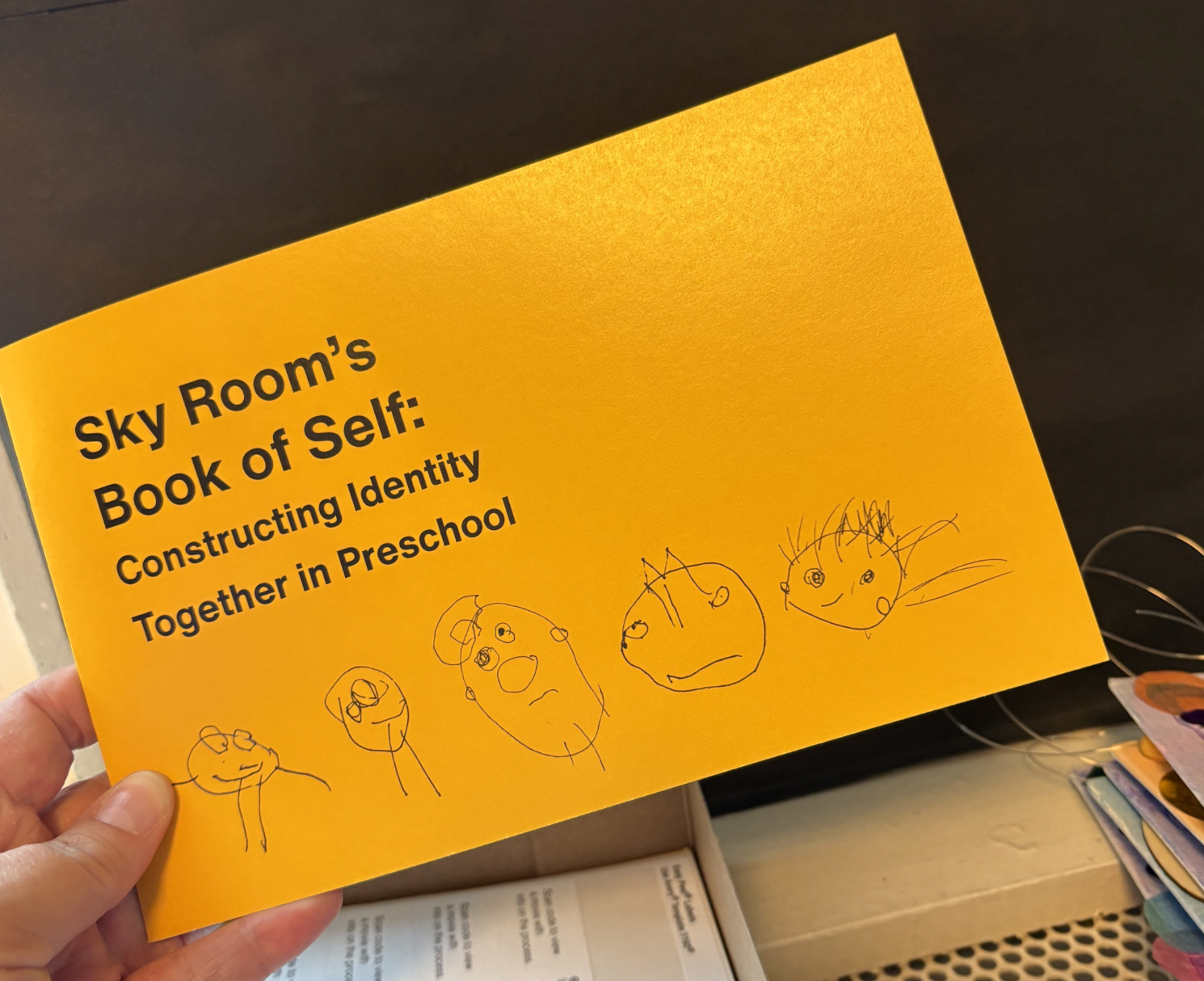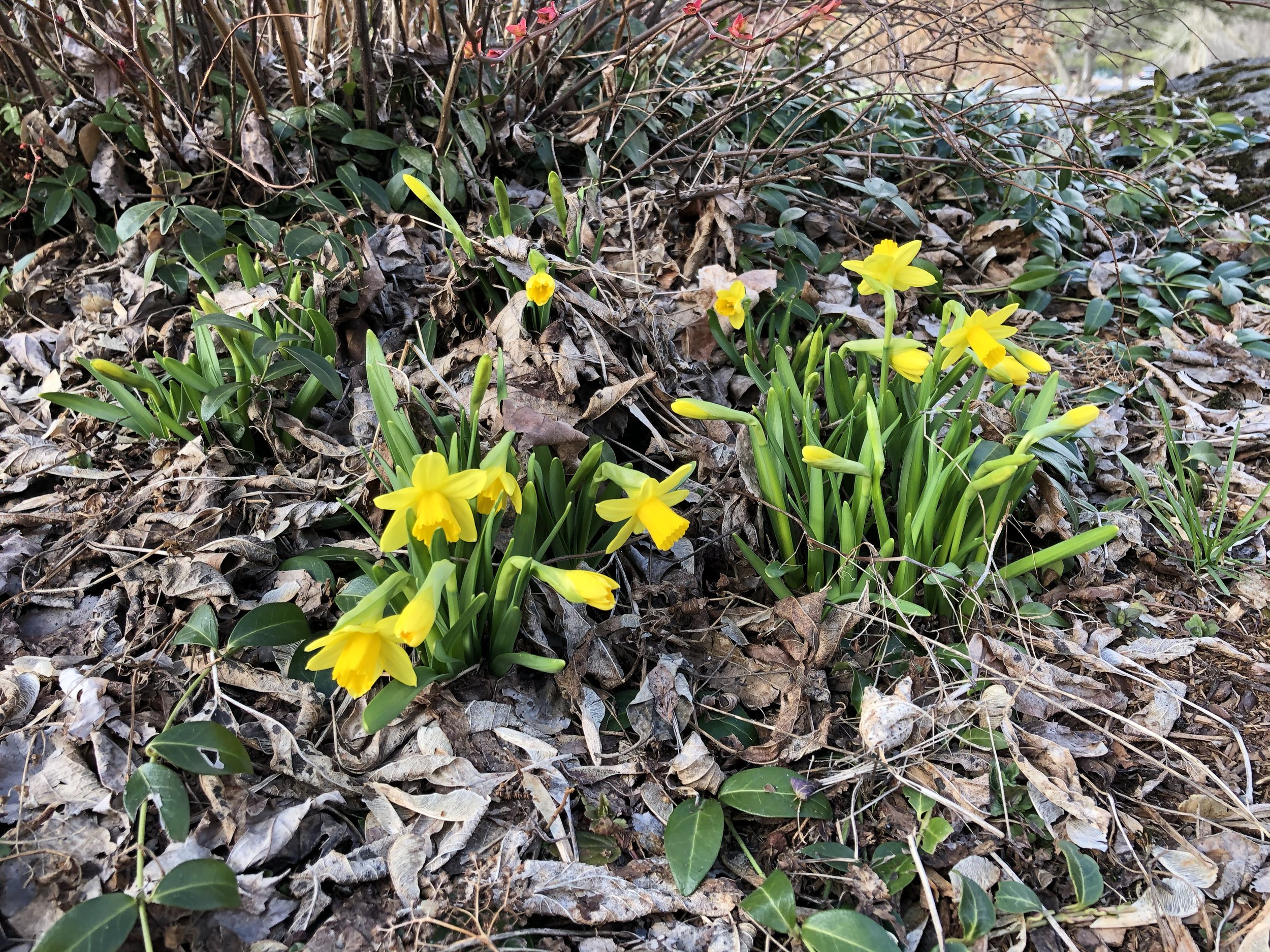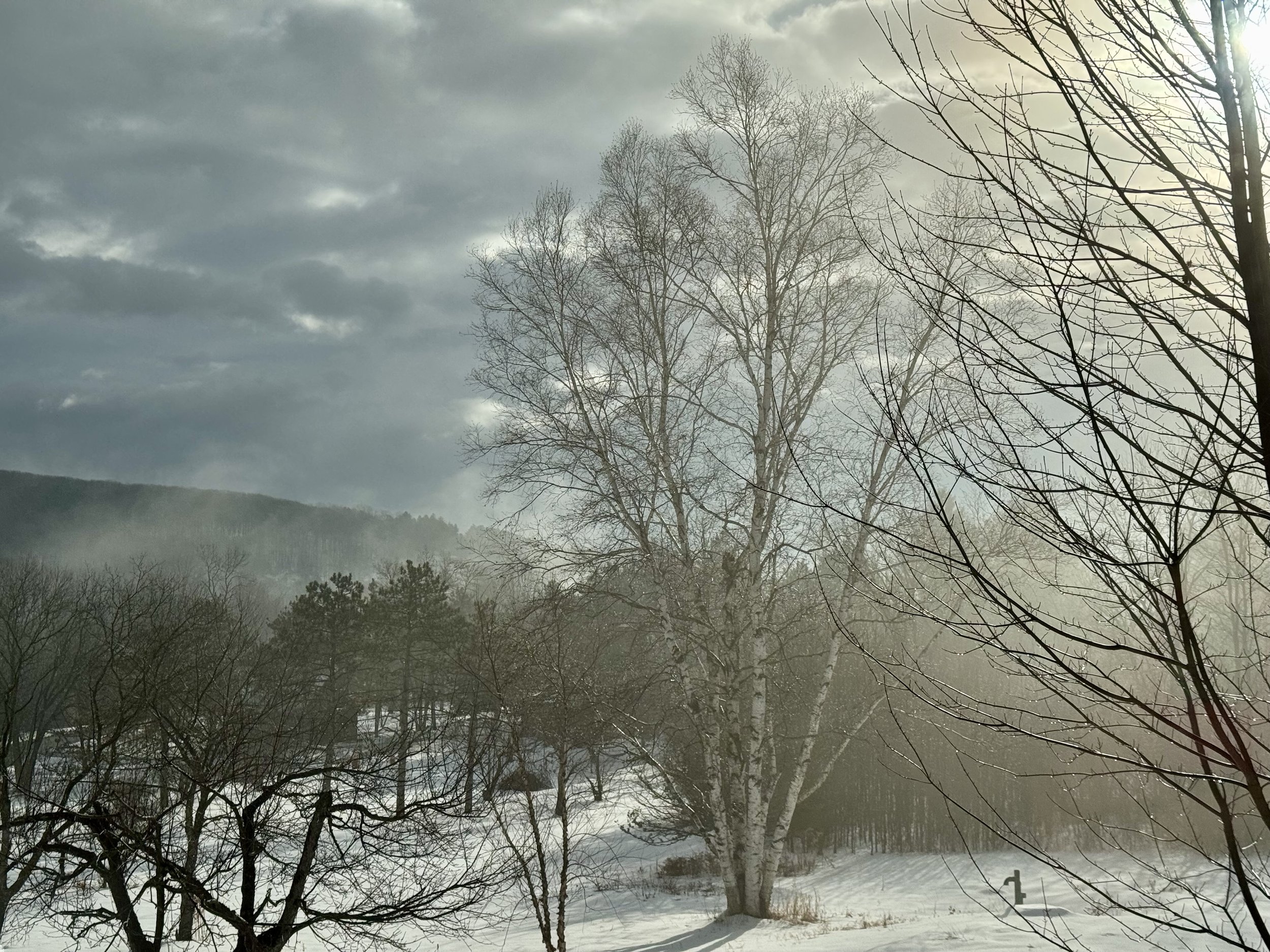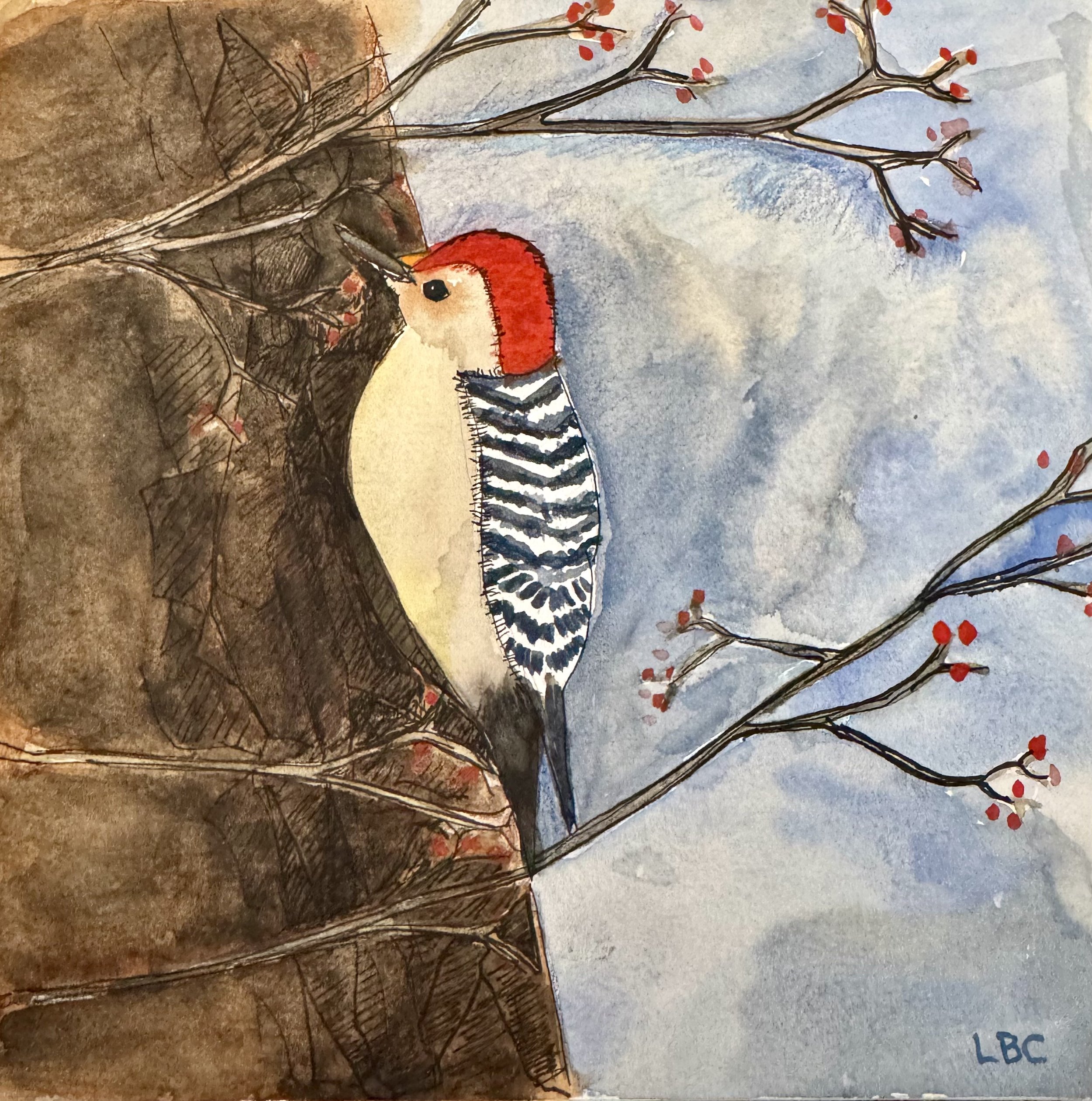Exploring identity with materials: image from the WPSN website
This school year I have had the privilege of working alongside Sarah Hassing, a colleague and friend who is the atelierista at The College School in St. Louis, Missouri. Sarah and I have been close colleagues for many years. We traveled to Italy together in 2011 to attend a conference organized by Reggio Children for atelieristi worldwide that was held in the Apennine Mountains near Reggio Emilia in Ligonchio. I have followed Sarah’s work with children and teachers with admiration. She recently completed a Masters in Innovative Early Childhood Education with UC Denver and the Boulder Journey School.
This year, Sarah worked as part of our Cadwell Collaborative team. Sarah and I collaborated in working with the Winnetka Public School Nursery, (WPSN) just outside of Chicago. We met with teachers and administrators through Zoom for planning and coaching. Sarah visited the school three times during the year for professional development days. We were asked to focus on documentation as a way of celebrating and renewing the school’s early work on the Reggio Approach with Lella Gandini.
In writing this reflection today, we remember Lella with enormous gratitude. We learned that she died yesterday. We remember Lella, (1934-2025), with great appreciation for all that she offered as liasion between Reggio Children and schools in North America. One of the privileges of my life was serving as a co-editor with Lella of In the Spirit of the Studio with Char Schwall and Lynn Hill. It seems full circle as we reflect on the work of Megan Sexton, a teacher in Winnetka, and her administrative leaders, Anna Henerey and Rebecca Levine, who continue to be inspired by the work introduced by Lella many years ago.
Megan Sexton is one of the lead teachers in the Three Year Olds’ classroom at WPSN. She and Sarah worked together as Megan launched an investigation with the children that resulted in a beautiful book on Identity. We will feature that project here through reflections of both Megan and Sarah.
Megan:
What is different about the way you started, or framed, or evolved and documented this project from the ways that you have done these things in the past?
I started the school year with a different frame of mind. I was more interested in the action and intent of the children, rather than a noun or a subject that they might be interested in.
We noticed that the children were always doing the work of figuring out who they are.
It wasn’t one thing that was different, more of a convergence of many things.
Some initial questions of Megan’s and her co teacher, Nancy Rolison
I was interested in the way the children were treating physical boundaries. The summer prior to school opening, a new playground was built which included many more opportunities for the children to climb and test their physicality. This group was particularly drawn to a rainbow bridge that they could climb up, over, and down. They also quickly discovered that they could jump (leap really) from it.
We had conversations about how their body felt safe. That ultimately, if they didn’t feel safe doing it alone, that was their choice and they were honoring their body by waiting.
I think it was these observations and interactions that pushed us to consider how the children’s actions illustrated a deeper internal growth and understanding. We wondered if ultimately these displays of physical power and trust in their own bodies were building their foundation of who they are…their identity.
I stopped chasing immediate meaning in documentation. Instead of trying to prove which skills were being addressed in every interaction or using documentation to follow the children’s daily life in the classroom, I tried to focus on small meaningful moments each week. And then, I looked at the moments together seeking common threads, building meaning as we went.
For this project I started a running documentation journal for myself. For each experience, I added photos, context and reflections, and voices of the children. I curated artifacts from January to May in this large document. Doing this helped me discover where we had been headed the entire time but was also overwhelming as the journal was about 30 pages. I wasn't sure the best way to synthesize the information for families, for the children, for myself.
That's when I spoke to you, Louise and Sarah, and you suggested a book. I wanted to use everything I had, but together we decided that a book that highlighted developing identity would be the best way to start.
Working with Sarah to centralize the story that I would tell and the pieces that we would curate into the book supported our work. Sarah’s encouragement and support helped me narrow down the children's work and be more concise in the documentation.
The book that was shared with each family at the end of the year
After composing the book and curating images, I was happy with the story of the book. I still wanted to highlight the process and tie everything together for the families so I also created a slideshow that told our story of the school year through the lens of identity. This was also different for me because before I had done an overview of the year through photos. This year there was a specific focus and a story.
How do you think your students and parents benefited from this project? What are you most proud of?
On the last day of school we shared the slideshow that connected the process of discovering children’s identity that spanned the entire year. One of the parents told me that it was gratifying to see how everything connected, how all of the pieces and notes we sent throughout the year all connected together.
I think the final book also helped the families see their children in a new way. I’m proud of the ways the children used these experiences to connect with each other and to themselves. I’m delighted by the way their families reacted to reading the children’s verbal portraits. With surprise or knowing or joy.
Verbal and graphic self portrait. Name has been removed for privacy.
Sarah:
How did you choose to encourage and support Megan with the very beginnings of this project?
For me, the first thing when engaging with another educator’s documentation and lines of inquiry is to bring the same curiosity and openness that we bring to our work with children. This means close listening, observation, and dialogue become critical components of the feedback process. During my first moments in Megan’s classroom I viewed the imagery, questions, and themes that she had displayed on the walls. My observations of Megan’s early artifacts were followed by meaningful conversations where Megan and I connected around the curiosities she was following, mainly about children’s empowerment and risk taking. Our dialogue, I hope, sparked inspiration for both of us. Ultimately, I believe it helped send her students down new paths of inquiry, following these original threads of power, risk, and belonging, which evolved throughout the year.
Painting faces as part of identity exploration
What were some challenges and how did you and Megan meet them?
As a teacher, when you are following these strands of inquiry, and your own curiosities about children and their learning, you ultimately brush against places of uncertainty. Sometimes that means not knowing which steps to take next, what artistic language to incorporate, or generally feeling unsure of what comes next. I always find that dialogue and having time to connect and talk through project work, colleague to colleague, is the most helpful way to work through these moments. Outside perspectives and questions that other educators can bring to our work are often the push or the catalyst we need to find our footing or to make choices for how to go about moving forward. I think this also makes project work feel like a collective, collaborative endeavor, one that you aren't on alone, but rather where you have many people in your court to look over your work, to ask more questions, and to get you thinking.
What are you most proud of?
I am most proud of the dialogue that Megan and I shared this year. I was continually inspired when hearing about what she was planning and what questions she was grappling with as an educator. For me, being a teacher means being a researcher, not only meeting children in their own spaces of inquiry but making room for our questions regarding learning and development. Megan and I carved out that space where we could ask big questions about children, and classroom life, learning, and how best to consider and nurture a strong image of young children. Those moments of dialogue continue to inspire my own work and my own thinking around children. We learn together, we learn from one another, and it is in connection that we find new perspectives and deeper understandings of our work.
Thank you Megan and Sarah for sharing your reflections and process with all of us! And thank you Winnetka Public School Nursery for the privilege of working alongside your teachers and administrators this year.


















